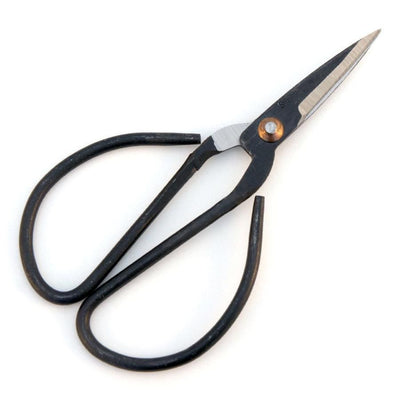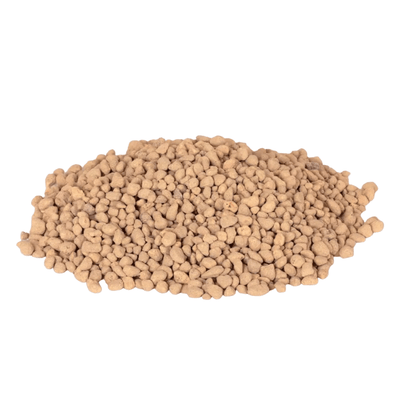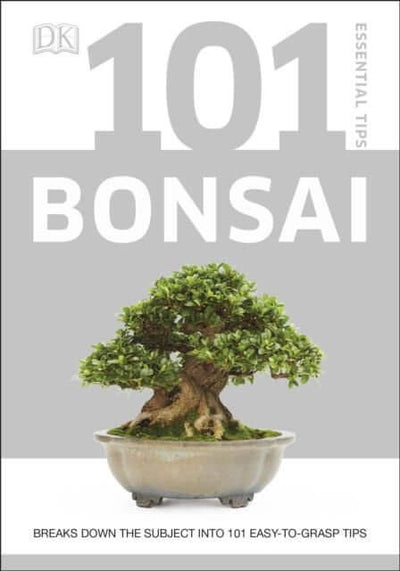Chinese Elm Bonsai (Ulmus parvifolia) Care Guide
Caring for a Chinese Elm bonsai in the UK requires attention to its specific needs due to the climate and environmental conditions. Here are some guidelines to help you care for your Chinese Elm bonsai:
-
Placement and Lighting: Place your Chinese Elm bonsai outdoors in a spot that receives ample sunlight. In the UK, it's best to provide morning sunlight and protect it from intense afternoon sun, especially during the hot summer months. If you keep it indoors, make sure it receives bright, indirect light near a window.
-
Temperature: Chinese Elm bonsai are adaptable to varying temperatures, but they prefer cooler conditions during winter. Protect your bonsai from freezing temperatures and frost. In the UK, you might need to bring it indoors or provide extra protection during colder months.
-
Watering: Bonsai require consistent watering. Water the Chinese Elm when the top layer of soil feels slightly dry to the touch. Ensure that the pot has drainage holes to prevent waterlogging, as this can lead to root rot. During the growing season (spring and summer), you might need to water more frequently.
-
Humidity: Chinese Elm bonsai prefer higher humidity levels. To increase humidity, you can place the bonsai on a humidity tray filled with water and pebbles. Misting the leaves regularly can also help maintain humidity, especially when the indoor air is dry.
-
Fertilization: Feed your Chinese Elm bonsai with a balanced liquid fertilizer during the growing season (spring through early autumn). Reduce or stop fertilization during the winter months when the plant is dormant.
-
Pruning and Trimming: Regular pruning and trimming are essential to maintain the bonsai's shape and encourage new growth. Remove any dead, damaged, or overgrown branches and foliage. You can also do some light pruning throughout the year to maintain its form.
-
Repotting: Repot your Chinese Elm bonsai every 2-3 years, usually in early spring. This helps refresh the soil and encourage root growth. Prune some of the roots and replace the old soil with fresh bonsai soil mix.
-
Pest and Disease Control: Keep an eye out for pests like aphids, spider mites, and scale insects. Regularly inspect the foliage and treat any infestations promptly with appropriate insecticides or natural remedies.
-
Wiring: Wiring can be done to shape the bonsai's branches during the growing season. Be cautious not to wire too tightly, as it can damage the branches. Remove the wires before they start cutting into the bark.
-
Winter Care: During winter, protect your Chinese Elm bonsai from freezing temperatures. You can place it in an unheated garage, shed, or wrap the pot in insulating material to prevent root freezing. If kept indoors, ensure it gets sufficient light.
Remember that each bonsai is unique, so closely observe your Chinese Elm's condition and adjust your care routine accordingly. Regular care, attention, and love will help your bonsai thrive and develop beautifully over time.








